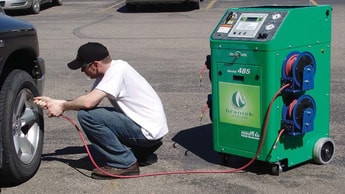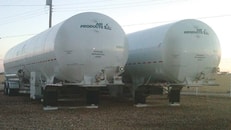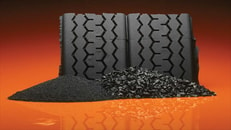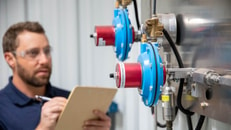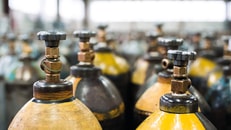Inflating with Nitrogen Begins to Expand
Admit it—when bottled water first hit the market you initially thought it was crazy. Your first reaction was probably, “Why pay for something that is virtually free?” Well that market exploded into the second largest segment of the consumable beverage market worth more than $10 billion annually in the US alone. Three years ago nitrogen for tire inflation engendered a similar response from consumers.
But today nitrogen for the tire inflation market may be on a similar path to universal acceptance. According to the Get Nitrogen Institute, approximately 22 million cars today have replaced air with nitrogen (www.getnitrogen.org). That represents about a 10 percent share of the market—and it is growing, for good reasons.
The most recognizable benefit of nitrogen as an inflation medium is improved gas mileage resulting from properly inflated tires. This is due to the larger size of the nitrogen molecule compared to the oxygen molecule, which makes up 20.9 percent of compressed air. The larger nitrogen molecule permeates the rubber in tires at 1/4 the rate of the smaller oxygen molecule, which results in tires retaining their pressure longer. The US Department of Energy estimates that properly inflated tires would increase fuel economy by 3.3 percent, and at $4.00 per gallon for gas the benefit to the consumer is patently obvious.
Under-inflated tires cost more than just poor fuel economy. They account for 90 percent of all tire-related accidents and 95 percent of all tire-related fatalities. Under-inflated tires also adversely affect braking, traction, and steering. The average tire filled with air loses about two pounds per square inch (psi) per month. According to government statistics, 85 percent of the motorists do not properly check their tire pressure (www.fueleconomy.gov). This means that if a motorist were to only check tires at regular oil change intervals, which is typically every four months, then the tire would be more than 30 percent underinflated, which is dangerously low.
... to continue reading you must be subscribed


